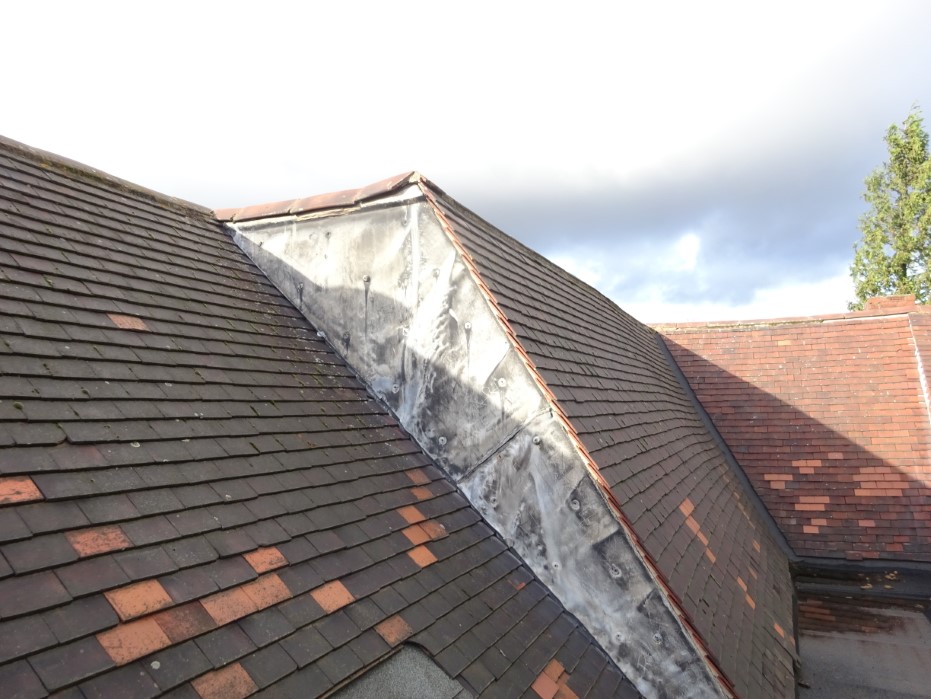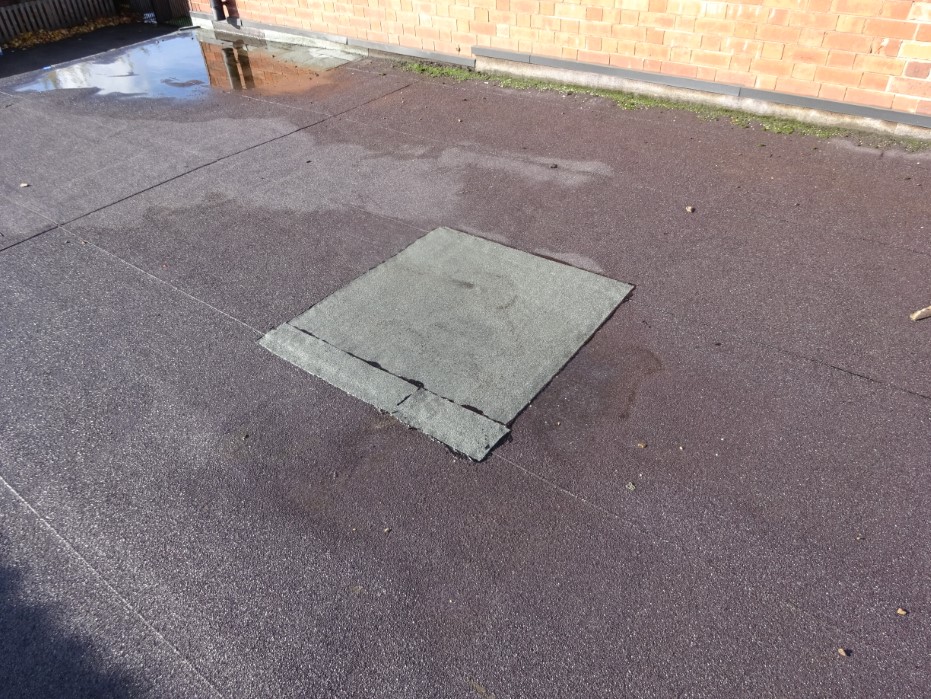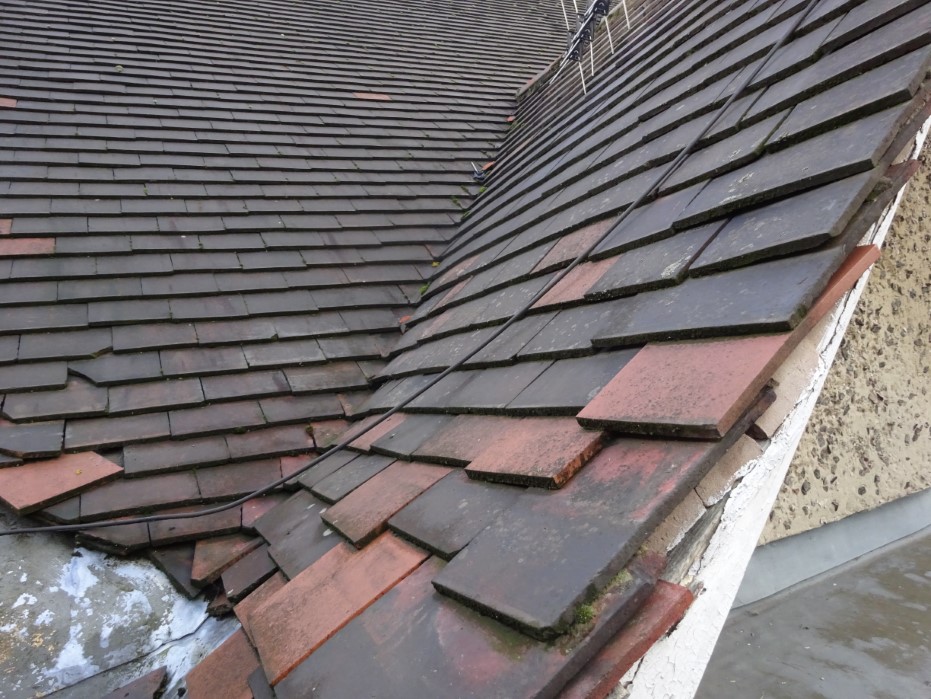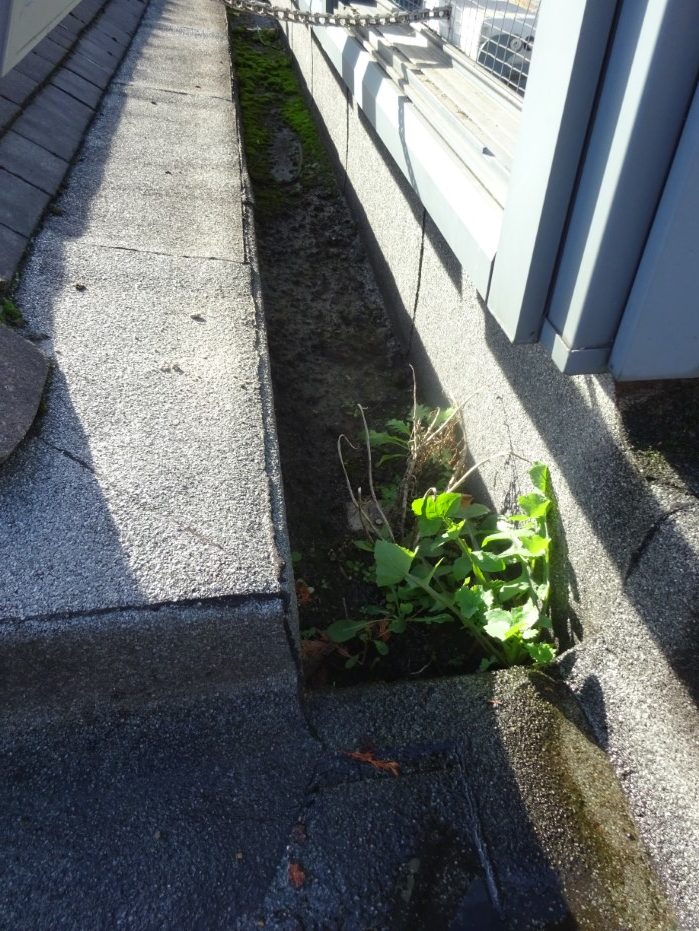Roof Condition Survey for a Primary School: Case Study
Brief: Our client was concerned about the condition of the roof of their school building, and requested a condition survey so they could secure funds and prioritise repairs.
Property: A primary school building dating from circa 1900, with two more recent extensions.
Instructed by: The Site Manager.
Want to know more?
Like to discuss a potential project with our consultants or get advice on any aspect of building surveying or engineering?
The building
- The property was in use as a primary school.
- The oldest part of the building was built around 1900, but the property had been extended, with 20th and 21st century single-storey additions.
- The roof was hipped and covered with a clay tile. There were also sections of felted, flat roof.
- Our inspection comprised an external inspection of the roofs, and an internal inspection of the loft space.

Key survey findings
- Our commercial surveyor found that parts of the roof were in a very poor state of repair.
- The most urgent works required were to the areas of flat roof.
- We found poor valley detail that was blistering because of poor workmanship. This deterioration was expected to affect water tightness, and could therefore lead to further external and internal damage.
- The central flat felt roof covering was also uneven and blistering.
- Upstand details were poor in some areas, and could let in water and wind-driven rain.
- We recommended that roof coverings across the flat roof sections should be replaced, requiring a budget of approximately £135K.
- Other repairs needed in the immediate term included:
- redecoration of timber fascia boards and soffits
- repointing of ridge tiles
- immediate redressing and reinstatement of flashing in areas of damage, to prevent water ingress.
- In addition, we found several damaged lead weatherproofing installations that had reached the end of their serviceable life.
- Many valleys and gutters were blocked, preventing rainwater from draining away. Clearance of these in the short term would prevent long term problems due to standing water.
- The main hipped roof had previously had patch repairs.
- In the immediate term, watertightness could be maintained by futher repairs and repointing; however, the condition of the roof meant that the maintenance required would be above average.
- We recommended that proactive overhaul of the roof (estimated at around £100K) would be required to provide long term weathertightness.
- We also recommended that upon overhaul, a membrane should be installed between the roof timbers and tiles, to protect against water ingress.
- We would also suggest upgrading joist-level insulation throughout the original roof space to improve thermal performance.



Funding for School Building Condition Improvements
- Condition surveys are essential for proactively planning repairs and maintenance to educational establishments, such as schools.
- Evidence gathered in a survey report can be used to support funding applications.
- Government grants available to support schools maintain their buildings include the Condition Improvement Fund (CIF) and the School Condition Allocation (SCA) – eligibility depends on the size and type of school.
- SCA funding is administered to multi-academy trusts and voluntary-aided bodies. In these cases, condition survey reports and planned preventative maintenance schedules support spending decisions by setting budgets and prioritising works.
- Smaller educational establishments can apply for CIF funding to maintain and repair academic buildings.
- The funds are allocated for serious problems with a building’s condition – problems that affect the ability of a school or college to run safely and smoothly.
- It could be a problem with the structure or fabric of a building. Examples include roof or window defects, cracking, or replacement of modular buildings.
- The funding can also be used for health and safety issues, such as asbestos removal or fire-safety improvement.
- To apply for CIF funding, the government recommends that the bid includes a recent condition survey by a suitably qualified, independent surveyor.
- Qualifications for surveyors could include RICS or CIOB membership.
- Independence means that the surveyor must not have any conflicts of interest. For example, they must not have quoted or tendered for the works that are required.
- Condition surveys should include photographic evidence of the defects, showing the full extent of the condition.

We're here to help
If you would like to discuss a potential project with our consultants or get advice on any aspect of building surveying or engineering, please don’t hesitate to complete our contact form, call us on 0333 202 6386, or contact one of our regional offices.



